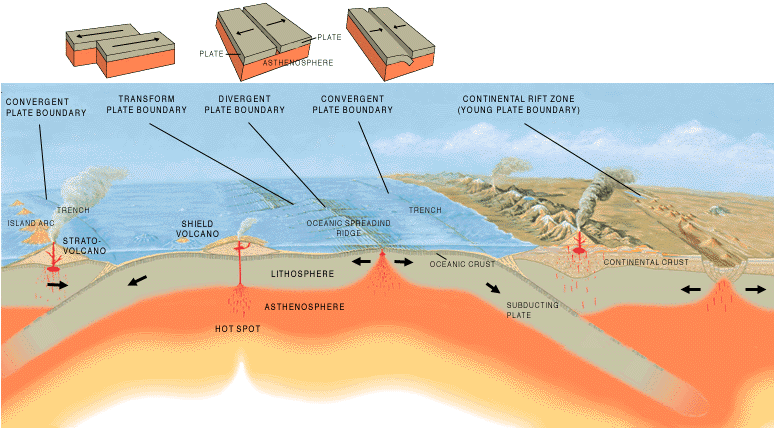তোমরা আমাদের ভুল বুঝো না , কারন গুলি একটু মন দিয়ে শোন । জানি তোমাদের ধৈর্যের বাঁধ ভেঙ্গে যাচ্ছে তবুও শোন কান খুলে---- দেখো আমাদের নিয়োগ করাতে ইচ্ছা থাকলেও সামর্থ্য নেই…কারনগুলি নিম্নরূপ
১) বিগত সরকারের ঋণ বোঝা মাথায় নিয়ে আমরা সরকার গড়েছি ।
২) সেই ঋণ শোধ করার পাশাপাশি উন্নয়ন করছি সরকারে টিকে থাকার জন্য…তোমরা নিশ্চয় জানো সেই উন্নয়নগুলি কি তথাপি উল্লেখ করি---
ক) ২ টাকা কেজি চাল খাওয়াচ্ছি
খ) সাইকেলে চড়াচ্ছি ছেলে মেয়েদের
গ) থালা গ্লাস , জুতো একবার হলেও বাচ্ছাদের দিয়েছি
ঘ) তোমাদের "বেকার শ্রী" বাদ দিয়ে সব রকম শ্রীপ্রকল্প চালু করেছি
৩) আমাদের হয়ে ভোট করানোর জন্য ক্লাবগুলিকে দেদার টাকা এখনও দিয়ে যাচ্ছি
৪) ইমাম ভ্রাতা সহ মুসলিম ছেলেমেয়েদের অতিরিক্ত স্কলারশিপ দেওয়ার জন্য মুসলিম তোষন শব্দটিও আমাদের শুনতে হচ্ছে
৫) দলের কর্মীদের খুশিতে রাখতে বিভিন্ন উৎসবের আয়োজন করেছি রাজ্যে ? যেমন মাটী,ঘুঁটে-গোবর,পিঠেপুলি আরো কত কি !
৬) এছাড়া বিভিন্ন দান-খয়রাতি তো আছেই !
-------------------------------------------------------------------
এবার তোমরা যদি প্রশ্ন কর যে, তোমাদের জন্য কি করেছি তবে শোন !……
নিয়োগ করাবো বলে বিজ্ঞপ্তি দিয়েছি ,যথারীতি পরীক্ষাও নিয়েছি , অনেক মামলা সামলে রেজাল্টও প্রকাশ করেছি ,কিন্তু তোমরা হয়তো একটা জিনিস্ খেয়াল করো নি যে , প্রতি পদক্ষেপে আমরা একটা একটা করে আইনের ফাঁক রেখেছি তোমাদের মামলা করার সুযোগ দেবার জন্য আর আমরা সেই সুযোগকে কাজে লাগিয়ে মামলার অজুহাত দেখিয়ে বছরের পর বছর কাটিয়ে দিয়েছি ! এছাড়া আমাদের উপায় নেই ? কারন ?
ঐ যে উপরোক্ত উন্নয়নের কথা উল্লেখ করেছি…তা তো আর মুখের কথায় হয় নি ,আর শোন আমরা উন্নয়ন আরও করে যাবো গতিতে বসে থাকার জন্য ! তোমরা কিচ্ছু করতে পারবে না চিৎকার চেঁচামেচি করে কারন রাজ্যে বিরোধী দের আমরা নপুংশক করে রেখেছি ! তোমরা হয়তো কেউ কেউ ভাবছো যে পুরো নিয়োগ প্রক্রিয়াটাই হয়তো আমরা আদালতের সাহায্যে বাতিল করে দেবো …তাই তো ? তাই যদি হয় তোমরা কি করবে ? আমাদের ভোট দেবে না হয়তো কিন্তু জেনে রাখো তা আর দরকার পরবে না ! এমনকি চাকুরীজীবিদেরও না !সেইজন্য তো ওদের ডি এ এবং পে-কমিশন লাগু করা নিয়ে টালবাহানা করে আসছি ! আমাদের সাহস ও আত্মবিশ্বাস এতটাই তাদের প্রতি যারা আমাদের সরকারে আবার রেখে দেবে, আমাদের উন্নয়নের ফল ভোগ করে… আর এই সংখ্যাটাই বেশি ! তাই তোমাদের ওতো তোয়াক্কা করি না !
তোমরা কি জানো নিয়োগ করলে কত লক্ষ লক্ষ না হলেও হাজার হাজার কোটি টাকা খরচ হবে সরকারের ? পাবো কোথায় ওতো টাকা ? এখন তো আর সুদীপ্ত সেনের মত রাঘব-বোয়াল গুলো নেই ! তোমাদের মত পড়াশুনা করা মধ্যবিত্ত ছেলেমেয়েদের কাছে টাকাও তো চাইতে পারবো না ! যাদের চাকরি দিয়েছি তাদের বেশির ভাগই আমাদের তা অগ্রীম মোটা টাকা দিয়েছে তোমরা যেটাকে বলে থাকো " ঘুষ"!
অতএব, স্নেহের ভাইবোনেরা আমাদের ভুল বোঝো না , নতুন করে নিয়োগ বিজ্ঞপ্তি আমরা আবারও তৈরী করছি…লোকসভা ভোট উপলক্ষে তার আগে তোমরা না হয় চপ টপ ভাজা শুরু করে দাও । ভাল থেকো নিজেদের দুর্বল ভেবো না …এটা আমাদের কথা না স্বয়ং স্বামীজী বলে গেছেন ! আর কি বলবো উন্নয়ন চলছে _মামলার পাশাপাশি সরকারও চলছে !





